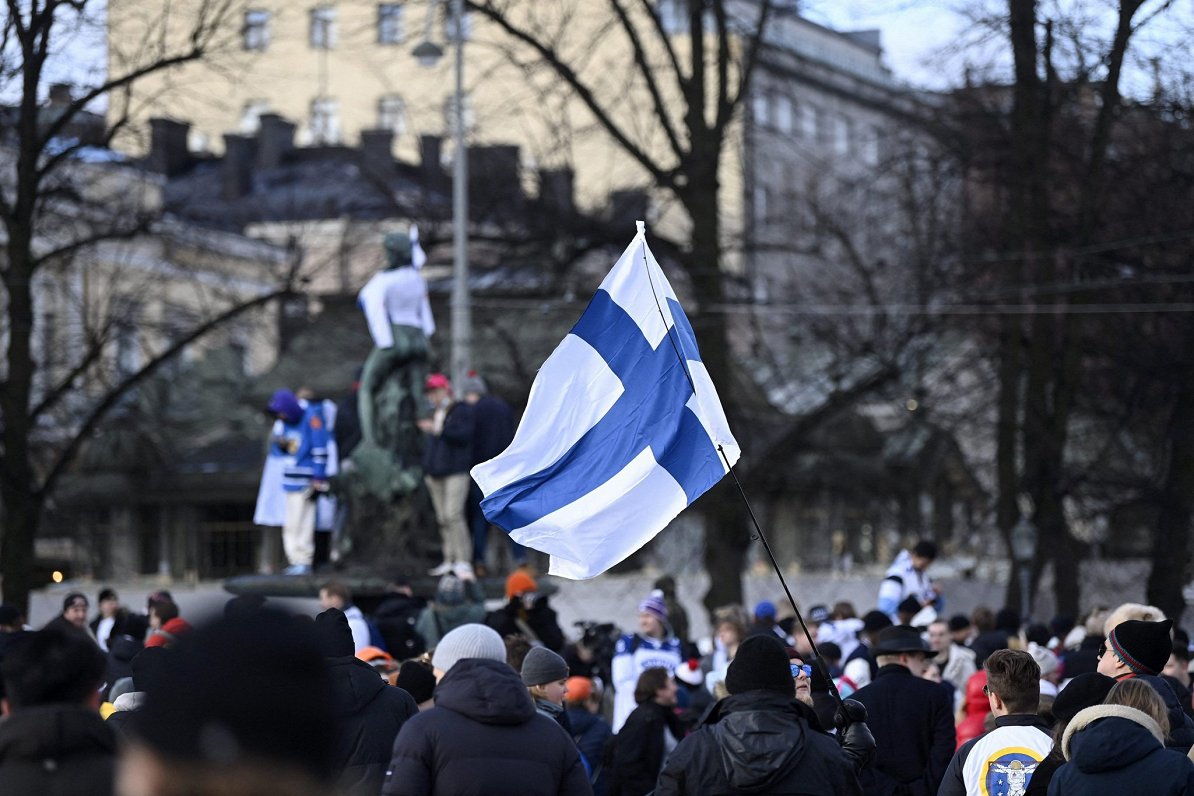In 1809, after losing the war, the Kingdom of Sweden was forced to cede Finland to the Russian Empire. However, Finland did not become one of the many provinces of the tsar’s state, but an autonomous Grand Duchy of Finland, which was connected with the rest of the empire by personal union, that is, by subordination to a monarch. Finland had its own parliament, self-government and monetary system. True, as the 19th century drew to a close, the tsar’s autocracy sought to unify the empire and limit Finnish autonomy.
However, during the period of liberalization following the 1905 revolution, the Finnish government managed to take a giant step towards full-fledged democracy by introducing universal suffrage regardless of property status and gender. Such universal suffrage did not exist at that time, not only in the Russian Empire, but also anywhere else in the world.
True, after a few years, Tsar Nicholas II again tried to limit autonomy by depriving the Finnish parliament of legislative rights, but then the First World War came, as a result of which the tsar’s empire collapsed.
In March 1917, when Tsar Nicholas II abdicated and the Russian Empire ceased to exist, the question of Finland’s status arose. The majority of the Helsinki parliament believed that the end of the Romanov dynasty also meant the end of Russian power in Finland. The Provisional Government of Russia, newly established in Petrograd, saw itself as the successor of all functions of the tsar’s power. The legal standoff between Helsinki and Petrograd lasted until October 1917, when the radical wing of the Social Democrats, known as the Bolsheviks, seized power in Russia in an armed coup. In its program, this party provided for the right of self-determination for each nation of the former empire, up to the right to its own sovereign statehood. And, unlike practically all the other so-called fringe nations of the empire, Finland already had almost all the trappings of statehood. It is not surprising that already in the same year 1917, on November 2 according to the old style, or November 15 according to the new style, when the Bolshevik government in Petrograd declared recognition of the right to self-determination of the peoples of the Russian Empire, the Finnish Autonomous Government or the Senate adopted a declaration which stated:
“With this step, the Finnish people have taken their destiny into their own hands, a step that is justified and required by the current circumstances. The Finnish people feel deeply that they cannot fulfill their national or international obligations without full sovereignty. The Centuries – the old desire for freedom awaits its fulfilment, the further path of the Finnish people is as a free nation in the family of other nations of the world.”
The declaration adopted by the government was also approved by the Finnish parliament a month later, and this decision by a democratically elected legislature was not challenged by the Bolshevik government of Russia headed by Lenin. On December 31, 1917, according to the new style, the Finnish delegation headed by the chairman of the Senate, Per Evind Svinhwood, received a corresponding letter of recognition from the Russian Council of People’s Commissars in Petrograd.
A few days later, recognition came from the All-Russian Central Executive Committee, at that time the highest organ of Bolshevik power, which was followed on the same day by France, Sweden, Germany and Greece, and in the following weeks also by Norway, Denmark, Switzerland, Austria-Hungary, the Netherlands and other countries. The Finns had to wait much longer for the recognition of Great Britain and the United States, which happened only in May 1919.
Highlight the text and press Ctrl+Enterto send the editor the text fragment to be corrected!
Highlight the text and press on Report a bug buttons to send the text fragment to be corrected to the editor!


